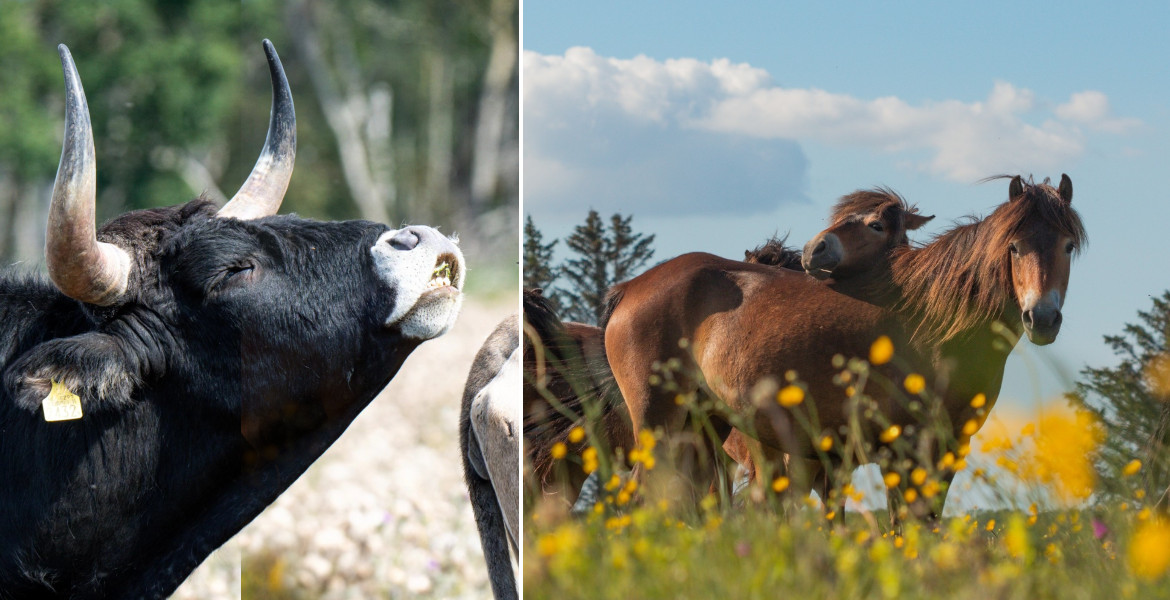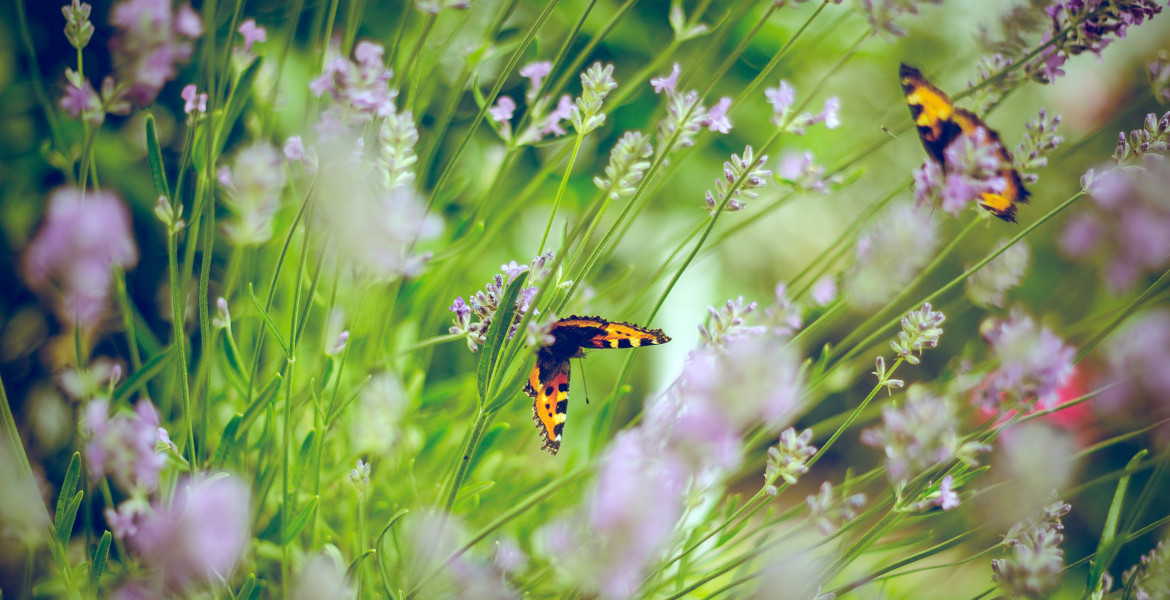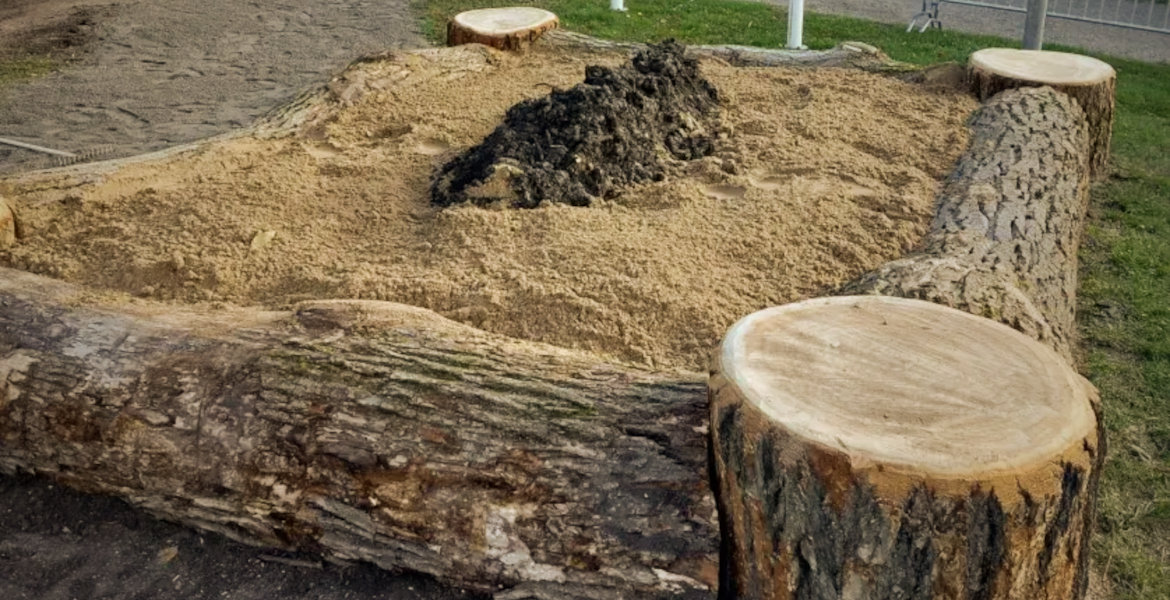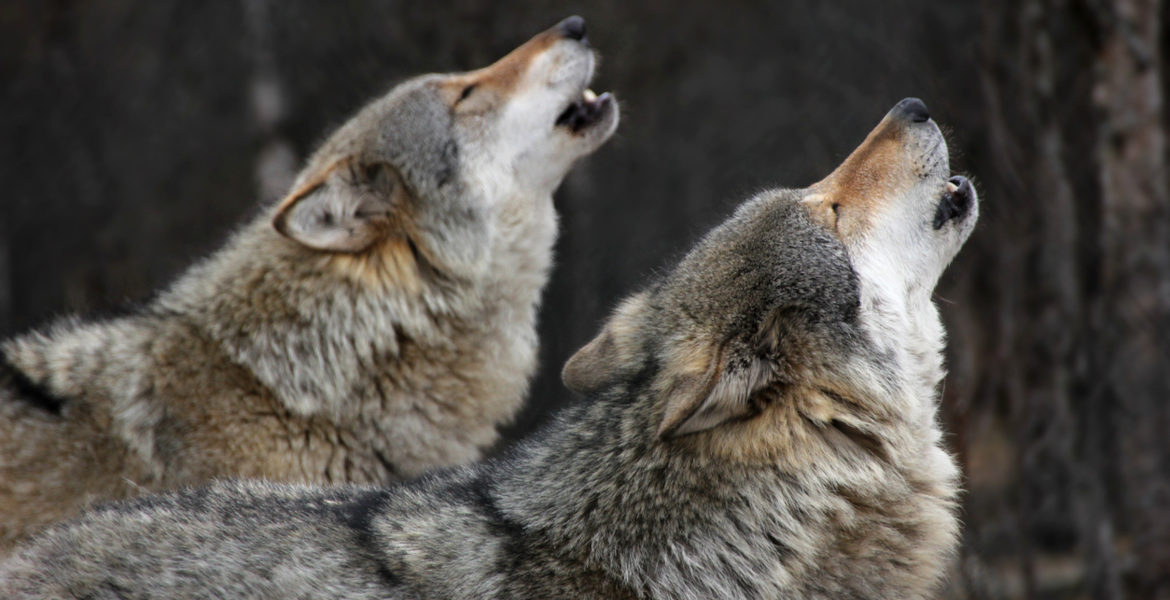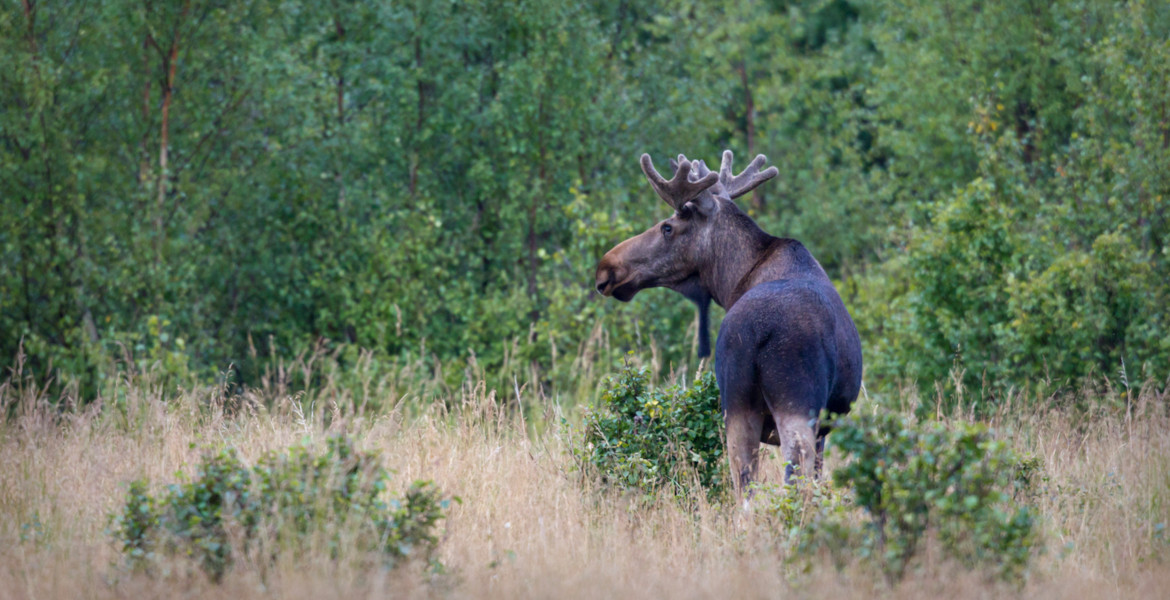Restoring nature means letting it return to the wild – releasing control and allowing natural processes to develop. In Denmark, cattle and horses graze freely year-round as part of ambitious rewilding projects to recreate original ecosystems.
However, the method has created a difficult balancing act: while the projects demonstrably benefit biodiversity, they draw strong criticism from animal welfare organizations who argue that the animals are subjected to unnecessary suffering.
Knutshoved Odde is a 30-kilometer-long peninsula located near Vordingborg, about 90 kilometers southwest of Copenhagen, Denmark. The area was formed during the Ice Age and consisted until the 1800s of natural pastures, water holes, and wetlands – as evidenced by historical maps. Since then, large parts have been converted to agricultural land through drainage, stone removal, and filling of natural depressions in the landscape.
The rewilding project LIFE Clima-Bombin, which started in 2019, primarily aimed to restore the natural environment that previously existed, and then preserve it – something they have now succeeded in doing. This was made possible with funding from the EU's LIFE fund and the Danish Environmental Protection Agency. To restore the natural lands, they began by recreating the landscape from the ground up. Agricultural land has been transformed by replacing large quantities of stones and sowing seeds with wild grassland species.
— We want to recreate what we call 'The Old Country'. That is, the landscape as it looked before 1800, when the medieval landscape contained water holes, pastures, and large, scattered oaks. Denmark was intensively grazed for 6,000 years until the king sold his land. At the beginning of the 19th century, everything changed to agriculture and dark forests. And then almost all our biodiversity disappeared, said Peer Ravn, who is a partner in the project, to the Danish Society for Nature Conservation in 2023.
The biggest change occurred when they removed the pumps that had drained the land, and now six islands have emerged after restoring the water areas. To create more biodiversity, they also have cattle and horses grazing in the areas year-round.
Now nature has returned to Knutshoved Odde. The area, which was previously poor in plants, now blooms colorfully in summer. Since the wetlands were restored, more and more breeding birds have arrived each year. The area is also an important habitat for all species of Denmark's endangered amphibians, whose habitats were previously threatened by flooding. Now the frogs have better conditions with the restored water holes.
The agricultural land has now returned to its former state – by recreating the land and letting nature have free rein, it has relatively quickly taken hold again, where biodiversity now flourishes.
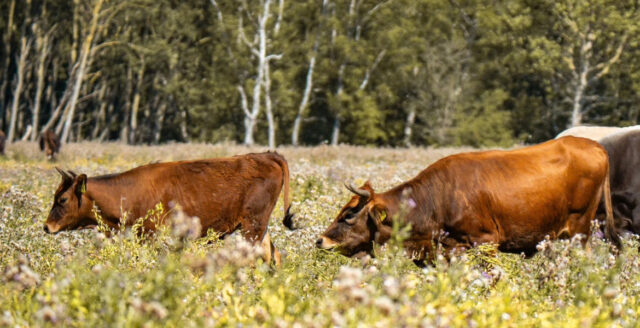
Domesticated grazing animals
The grazing animals are a central part of nature restoration as they perform so-called "natural disturbances" similar to those that existed when more large grazing animals lived freely in Europe. The Knutshoved Odde area is a completed and successful project where grazing animals were used, but far from the only rewilding project in Denmark.
The Saksfjed Vildmark project is an ongoing and relatively new project – started in 2023. It is an 800-hectare area in southern Lolland, which here too was previously agricultural land. There they have restored wetlands, sown wild species, and also introduced grazing livestock and horses.
The area is a Natura 2000 area and is described as one of the largest rewilding projects underway in Denmark. The agricultural land is gone and now the site is rich in species and biodiversity, something they claim has been made possible largely by the grazing animals.
At Saksfjed Vildmark today there are Galloway cattle, Exmoor horses, and Tauros cattle. They graze down the vegetation and thereby prevent overgrowth, trample up soil, and promote biodiversity.
– Even if we don't see the animals, we can see that they have been here. They have made a path through this former reed sea. The horses have scratched themselves on this birch, they have scraped with their hooves on the ground so that sandy patches have formed, and they have grazed off the green leaves up to over a meter's height, which creates a semi-open landscape, explains Jens Thorvig Andersen, who is a nature interpreter at the area, for Naturpodden.
Since ecological conditions have changed over the past hundred years, carbon dioxide and nitrogen emissions have also increased dramatically. This means that larger and faster-growing plants take over the landscape, such as grass, thistles, and nettles. But when large animals graze, it affects the landscape and gives small plants greater advantages to flourish.
Starving animals are shot
There are more ongoing rewilding projects in Denmark where grazing animals are used to promote biodiversity. The animals are allowed to live completely freely within fenced areas and often receive no supplementary feed, which in practice means they must fend for themselves. The animals also don't have the same supervision requirements normally required and live essentially their lives outside human hands – who only check on them from a distance.
This has sparked strong criticism, particularly against the Mols Laboratory, which is a kind of field laboratory in Mols Bjerge National Park in southeastern Jutland, Denmark. There, since 2016, they have let livestock and horses roam freely year-round in a rewilding project, but it hasn't gone entirely smoothly.
During 2023, starvation among the animals was reported and that the food available in nature simply wasn't sufficient. A large part of the vegetation is also toxic to horses and cattle, such as ragwort.
All animals at risk of starving to death were shot instead – a total of 67 percent of the animals between 2019-2020.
– At the Mols Laboratory, the animals never get older than six years, said equine veterinarian Lotte Bøgedal to Djurskyddet (Swedish animal welfare magazine) in 2023.
It is primarily the Mols Laboratory that has received strong criticism regarding its grazing wild-living animals, and it's unclear whether all rewilding projects have exactly the same conditions for the animals. However, a common component seems to be that the animals take care of themselves, without supplementary feeding, year-round.
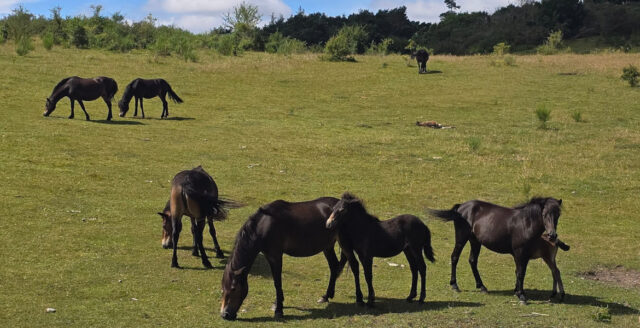
Animal welfare or nature conservation
All these nature restoration projects in Denmark can see clear benefits from the year-round grazing animals in the form of rich and varied nature that has re-emerged – but the animal welfare issue becomes complex and challenging, especially in a society where animal rights carry increasing weight. Risk of starvation and suffering cannot be ruled out when animals live essentially as wild animals, but at the same time they cannot be classified as wild since they are both fenced and domesticated.
It simply becomes an animal welfare law issue, since in practice it would be illegal for, for example, a private person to keep animals in a similar way. Denmark has animal welfare laws, including that animals' needs must always be met, which includes access to food. However, they passed a new law in 2021 that can allow animals living fenced in national parks to "regulate their population naturally according to food availability." To implement the law, however, one must apply for an exemption from the animal welfare law. According to Bøgedal, the field laboratory had at least not received such an exemption in 2023.
Morten DD Hansen, who works at the Mols Laboratory, believes the criticism is not "unexpected" but nevertheless points out that it is not illegal to keep animals as they do at the field laboratory.
"Many people feel sorry for the animals, but we prioritize letting the animals live as wildly as possible and interact with the varied nature as unregulated as possible. Research is conducted on the animals' behavior and when this work is finished it will naturally be published", he writes to Djurskyddet.
Reintroduction of wild animals
In Sweden and other parts of Europe, work has been done to reintroduce European bison in forests for nature conservation purposes. The idea is that it should benefit biodiversity by, among other things, counteracting overgrowth and creating habitats for many endangered species. In Sweden, the reintroduction is still in a preliminary study phase.
The difference there, however, is that European bison are a wild species that previously existed in Swedish forests, while the animals kept free in Denmark are domesticated animals. Arguments from an animal welfare perspective can therefore be that bison are created for the wild, while the other animals are too domesticated to fend for themselves. Additionally, Sweden is considering supplementary feeding of the bison initially to reduce the risk of starvation.
Despite the criticism, Danish rewilding projects continue to develop successfully. While the results for biodiversity are clearly positive, the challenge remains of how animal welfare should be guaranteed in these semi-wild environments. The debate reflects a larger discussion about where the line is drawn between nature's own processes and human responsibility for the animals that humans once domesticated.
